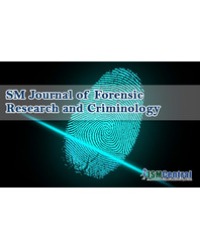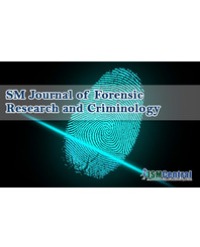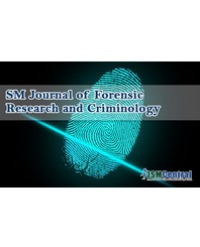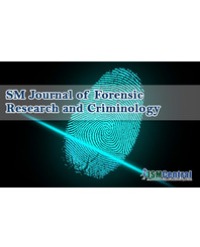
DNA Research on Morphological Traits
In police investigation, description of the morphology of the suspect can be deceptively misdescriptive.
Also in 2015 the Laboratory of Hematology Forensic has proposed a new analysis to assist forensic investigation: Highlighting morphological characters to a person from a biological trace found on the crime scene (eye, skin and hair color).
This analysis is based on Study of SNPs (Single Nucleotide Polymorphism) in genes involved in pigmentation mechanisms.
For this study the laboratory selected three hundred thirty-seven volunteers with different phenotypic traits. All samples were collected according to the guidelines approved by ethics committees in France.
In this method we built classification:
- Three categories with SNPs of known association with eye color phenotypes: blue, brown and intermediate.
- Six models with SNPs of known association with skin color phenotypes between fair skin and dark skin
- Seven categories with SNPs involved in hair color: Red hair vs. dark hair
The analysis of SNPs was undertaken using Snapshot chemistry and capillary electrophoresis. A set of twenty-six SNPs from twelve different genes was selected to perform it.
The laboratory has set up a database (Filemaker Software) for storing the genetic and phenotypic data of all those volunteers. This developed tool helps to predict morphological traits to a person from biological material found at crime scenes.
Doutremepuich*




